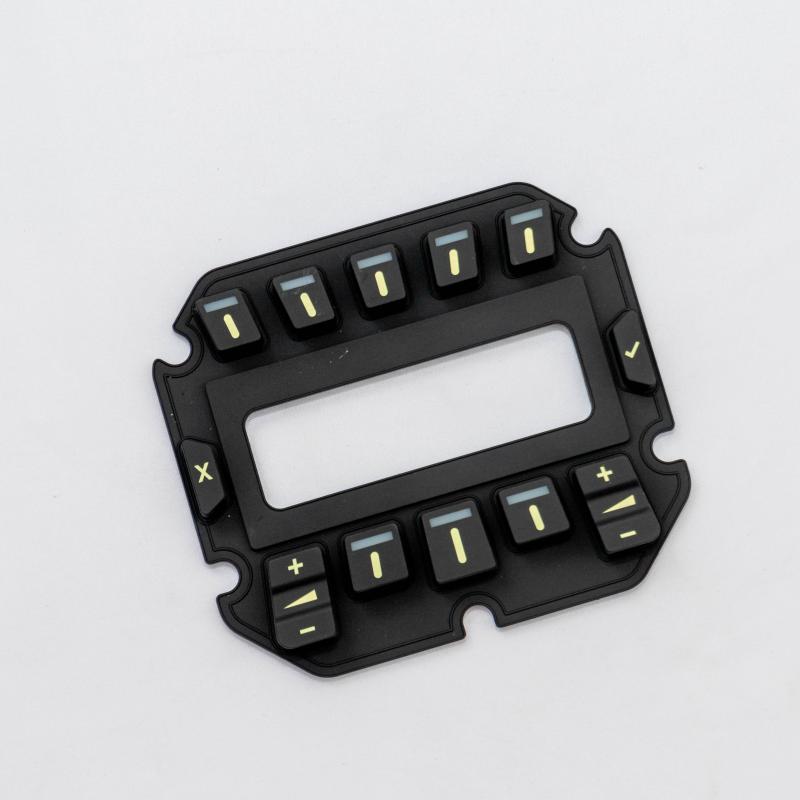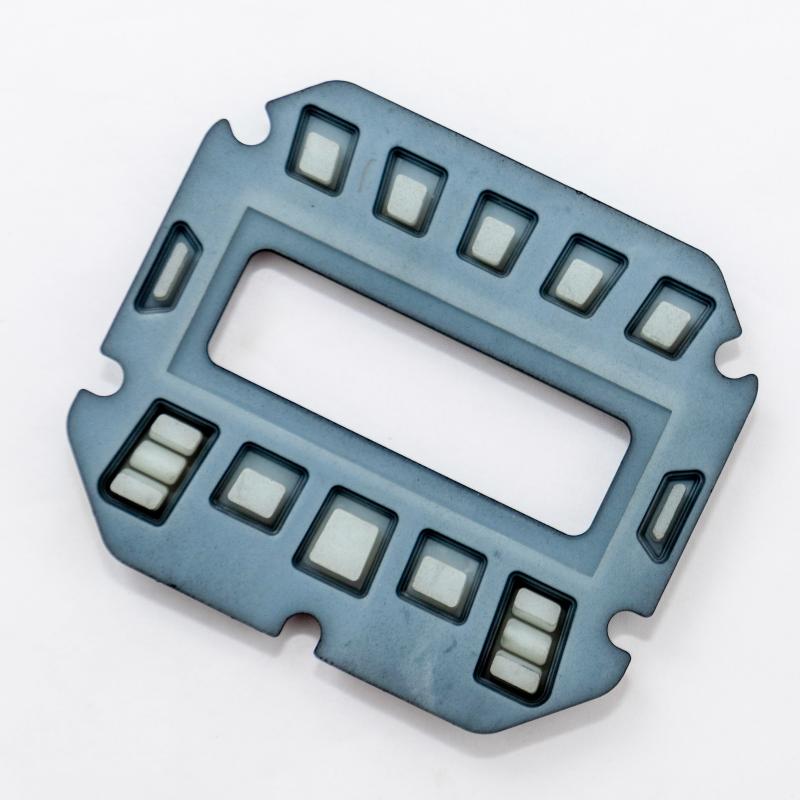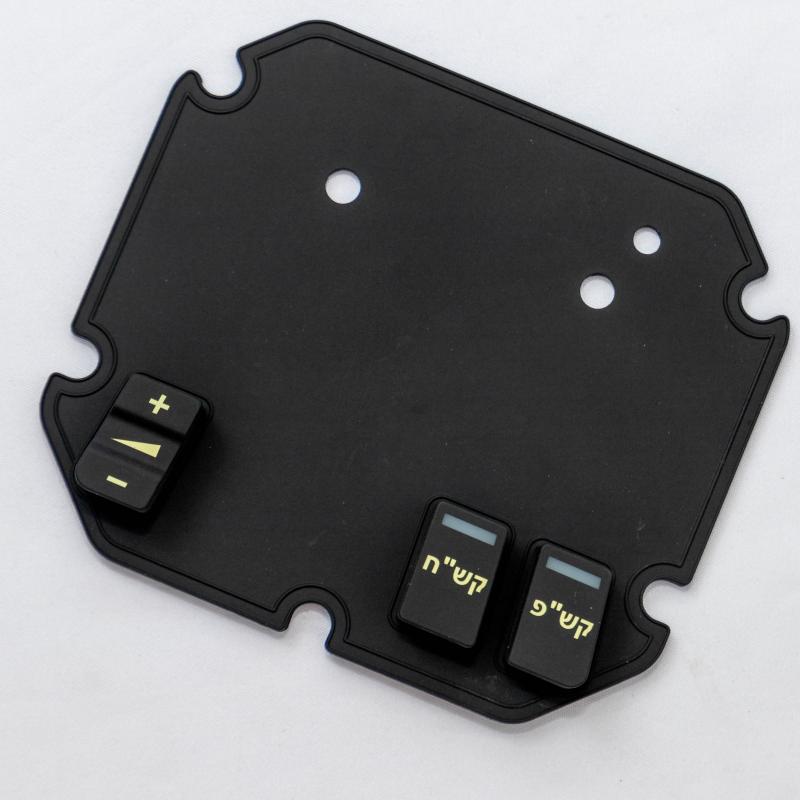Contact
Write to Us And We Would Be Happy to Advise You.
Do you have any questions, or would you like to speak directly with a representative?
By hqt
Tactile feedback and actuation force are two important factors that determine the user experience of an elastomer rubber keypad. In this article, we will discuss what affects the tactile feedback and actuation force of an elastomer rubber keypad and how these factors can be optimized to provide the best user experience.



One of the key factors that affects the tactile feedback and actuation force of an elastomer rubber keypad is the material properties of the rubber. The hardness, elasticity, and compression set of the rubber all play a role in determining the tactile feedback and actuation force of the keypad.
Harder rubbers tend to provide a firmer feel and a higher actuation force, while softer rubbers tend to provide a softer feel and a lower actuation force. The elasticity of the rubber can also affect the tactile feedback, as well as the responsiveness and durability of the keypad. The compression set of the rubber can affect the long-term performance and durability of the keypad, as well as the consistency of the tactile feedback over time.
Another factor that affects the tactile feedback and actuation force of an elastomer rubber keypad is the design and manufacturing process. The thickness of the rubber, the design of the buttons, and the manufacturing process all play a role in determining the tactile feedback and actuation force of the keypad.
Thicker rubber generally provides a softer feel and a lower actuation force, while thinner rubber generally provides a firmer feel and a higher actuation force. The design of the buttons, including the shape, size, and spacing of the buttons, can also affect the tactile feedback and actuation force of the keypad. The manufacturing process, including the molding process, the curing process, and the finishing process, can also affect the tactile feedback and actuation force of the keypad.
Finally, environmental factors can also affect the tactile feedback and actuation force of an elastomer rubber keypad. Exposure to extreme temperatures, moisture, and UV light can all affect the physical properties of the rubber and the performance of the keypad.
In addition, exposure to harsh chemicals or mechanical stress can also affect the tactile feedback and actuation force of the keypad, as well as its durability and long-term performance.
In conclusion, the tactile feedback and actuation force of an elastomer rubber keypad are affected by a number of factors, including the material properties of the rubber, the design and manufacturing process, and environmental factors. By understanding these factors and optimizing the design and manufacturing process, you can achieve the best possible tactile feedback and actuation force for your elastomer rubber keypad.
Do you have any questions, or would you like to speak directly with a representative?